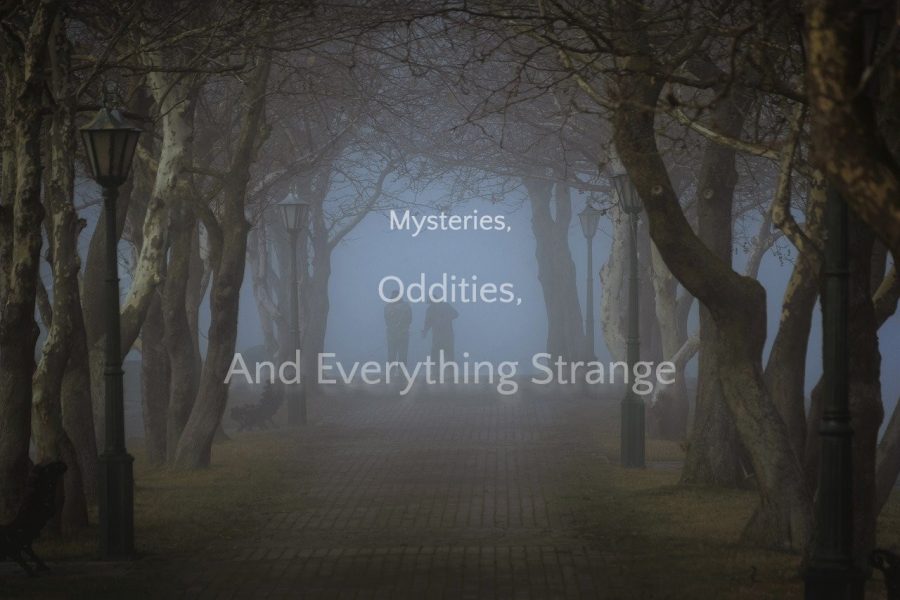Mysteries, Oddities, and Everything Strange: Tokoloshe
May 20, 2022
Tokoloshe: A Dwarf That Strikes Terror
To anyone who has read the Harry Potter series, house elves are a familiar creature. They are a humble race of elves who are dedicated to serving their families through completing basic chores and other household activities. Computer-generated imagery can make them appear a little frightening at times, but other than that they are unsuspecting and kind with no bad intentions whatsoever. But, alas, the fictional world of Harry Potter is, well, fictional. Despite that, some legends, whether intentional or not, can mirror the fantasies we have all come to love. This, readers, is where the tokoloshe makes its debut.
 The tokoloshe (which can also be referred to as the tikoloshe, hili, or tokolotshe) is a legendary creature who is based in South African zulu culture. It is popularly described as a small elf or dwarf-like creature, appearing vaguely humanoid with long, bony fingers. Although rarer, some accounts have described it as resembling more of a monkey or ape. The tokoloshe is mostly known for its devious nature, as it sneaks around homes and villages with a sense of mystery. Legends claim that it can camouflage itself by eating rocks or drinking water.
The tokoloshe (which can also be referred to as the tikoloshe, hili, or tokolotshe) is a legendary creature who is based in South African zulu culture. It is popularly described as a small elf or dwarf-like creature, appearing vaguely humanoid with long, bony fingers. Although rarer, some accounts have described it as resembling more of a monkey or ape. The tokoloshe is mostly known for its devious nature, as it sneaks around homes and villages with a sense of mystery. Legends claim that it can camouflage itself by eating rocks or drinking water.
The legend of the tokoloshe mirrors a classic fictional revenge story. Anyone who wants to take vengeance on a certain figure will be able to recruit the help of a tokoloshe with the assistance of a witch doctor or other magical practitioner. The doctor would then find a dead body to recruit, sprinkling a special powder that allows the creature to run free. It would then approach its target and do whatever necessary to enact revenge. The catch of recruiting the tokoloshe’s help is a certain promise. In order for the tokoloshe to do its work, it must be promised the soul of one of the revenge taker’s loved ones. The hirer cannot choose which of their loved ones can be sacrificed, as the beast chooses itself, but it can come to collect its reward weeks, months, years, or even decades after the deed.
The legend of the tokoloshe is what caused many Zulu people to elevate their beds off the floor in case of an attack. The Bantu people of South Africa described sleeping on the floor at nights with fire surrounding them, but anyone who slept upright would be safe against its night terrors. In reality, the fire they used to light their sleeping grass mats would produce carbon monoxide that would poison sleeping people and cause their untimely deaths. These people would place bricks underneath their beds to ward off any possible attacks from the tokoloshe in the night.
attack. The Bantu people of South Africa described sleeping on the floor at nights with fire surrounding them, but anyone who slept upright would be safe against its night terrors. In reality, the fire they used to light their sleeping grass mats would produce carbon monoxide that would poison sleeping people and cause their untimely deaths. These people would place bricks underneath their beds to ward off any possible attacks from the tokoloshe in the night.
The attacks that the tokoloshe performed ranged from playful to dangerous. Many people have reported the tokoloshe simply spooked them awake, not causing any physical harm. Other accounts have stated that it can cause illness or even death, choking people to death in their own beds. It also seemed to target children or adolescents by scaring and viciously scratching them. If you happen to be terrorized by a tokoloshe without reason, there is a way to eliminate it from your village or local area. A pastor or witch doctor can be called upon to banish the tokoloshe from homes or specific areas using some sort of ritual.
There isn’t much documentation of the tokoloshe sightings wise, but there are plenty of movies, TV shows, and other forms of media that have been made in its honor. There are an absurd amount of movies titled simply Tokoloshe or have elements similar to the creature itself. As previously mentioned, many fictitious characters have elements similar to the legend. It is not a well known figure outside of Africa, but now it has a presence for many to know and hopefully not utilize. So be sure to sleep in a bed instead of on the floor, or else you might wake up to some long bony fingers.
Resources:
https://en.wikipedia.org/wiki/Tikoloshe
https://www.astonishinglegends.com/astonishing-legends/2019/2/16/the-tokoloshe






















































